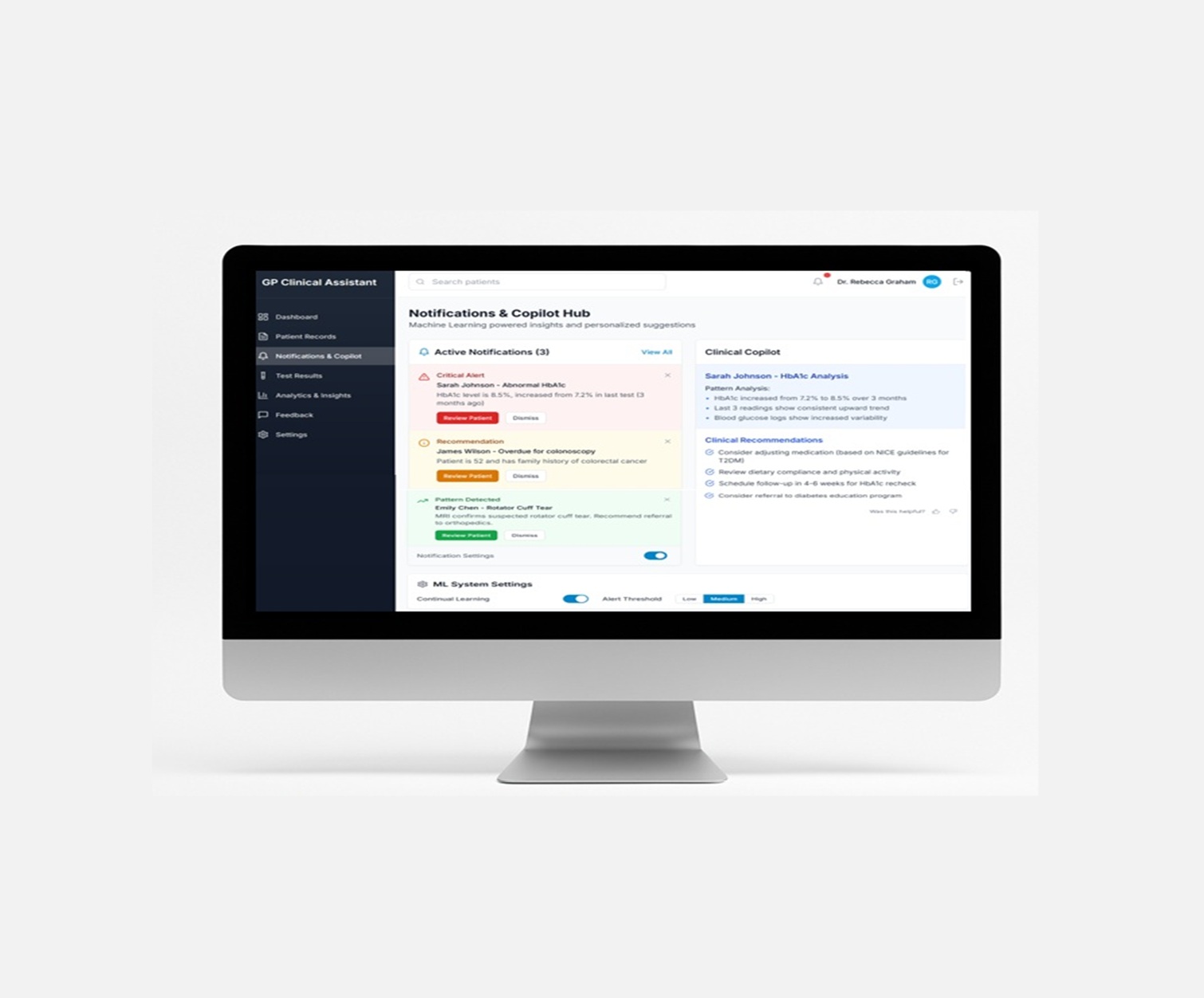Atrial fibrillation (AF) is the most common sustained cardiac arrhythmia in clinical practice. It is characterised by rapid and irregular electrical activity in the atria, resulting in an irregularly irregular ventricular response. The condition is associated with an increased risk of stroke, heart failure, cognitive decline, and all-cause mortality.
Globally, the prevalence of AF is rising. In Europe, it is estimated that one in four adults over 40 years will develop AF in their lifetime. In Ireland, approximately 50,000–60,000 people are living with the condition, although many remain undiagnosed due to its intermittent and often asymptomatic presentation.
Key risk factors for atrial fibrillation include:
Lone AF, without an identifiable underlying cause, is less common and generally carries a lower risk of complications.
AF can present with a range of symptoms:
However, up to 30% of patients are asymptomatic, and the condition may be discovered incidentally on routine examination or ECG.
Diagnosis is confirmed by ECG showing irregular RR intervals with no distinct P waves. In cases of suspected paroxysmal AF, prolonged rhythm monitoring may be necessary using Holter monitors or wearable devices.
AF significantly increases the risk of ischaemic stroke — approximately fivefold. Strokes related to AF tend to be more severe, with higher rates of disability and mortality. The condition also contributes to heart failure through tachycardia-mediated cardiomyopathy and impairs quality of life.
Management strategies are broadly divided into:
Primary care plays a pivotal role in:
Atrial fibrillation is a common and clinically significant arrhythmia with substantial health implications. Early detection and appropriate management can reduce the risk of stroke and other complications. Strengthening primary care's role in screening, diagnosis, and long-term management is essential to improving outcomes at the population level.

Sign up to get early access and see how it works — before we go live.

“Follow the copywriting outline on every page. We made it ourselves, it’s battle-tested and you can be confident that it converts.”
Main benefit
Briefly expand on how this benefit will help your customers.
Second benefit
Briefly expand on how this benefit will help your customers.
Third benefit
Briefly expand on how this benefit will help your customers.